- Auxiliary Lights
- Light Bars
- Fog/driving Lights
- Underhood/rock Lights
- 3rd Brake Light Solutions
- Back Up Lights
- Other Auxiliary Lighting
- Shop All
Stock
Category
Brand
Rating
Price
Stock
Category
Brand
Rating
Price
We couldn't find any results
- Use different keywords
- Double check your spelling
- Start with something less specific - you can refine your search results later
- Try changing some of your filters below:
Search term:

What You Need to Know About Jeep Lift Kits
Lifting your Jeep or other solid axle vehicle can seem daunting. While many lift kits come with everything you need, understanding the function of each component helps you determine what's necessary and why. The goal of this guide is to explain what components make up a lift kit and how each component effects your Jeeps suspension system. While this doesnt cover every single component a lift kit may include, this guide covers the main components that make up a lifted suspension!
Springs
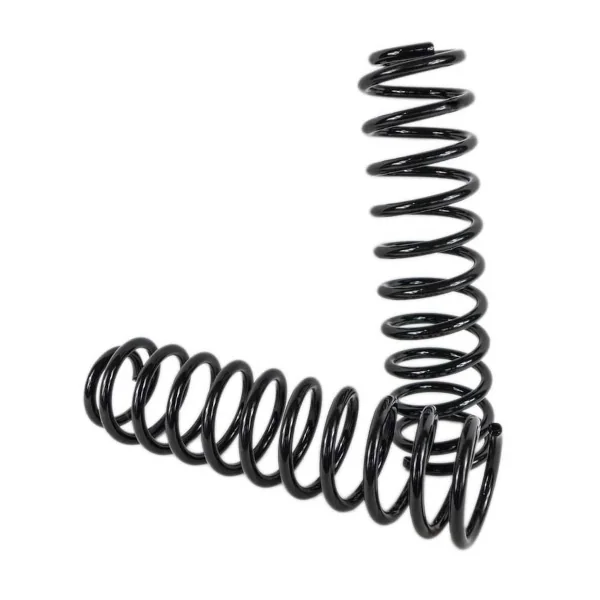
Springs determine your vehicle's ride height, and aftermarket taller springs are what allow your 4x4 to achieve increased lift. Taller springs also help you achieve increased suspension travel when combined with longer shocks. You can also increase ride height with spring spacers, these typically can provide 0.5-2 inches of increased ride height. They can be used to level out your suspension or correct front or rear sag from heavy bumpers and winches.
Shocks

Often misunderstood as the component that provides lift, shocks serve to dampen bumps and vibrations on the road and the trail. Shocks other main purpose is to control the suspension travel on your 4x4. When lifting your suspension, longer shocks are needed to maintain or increase suspension articulation.
Coilovers
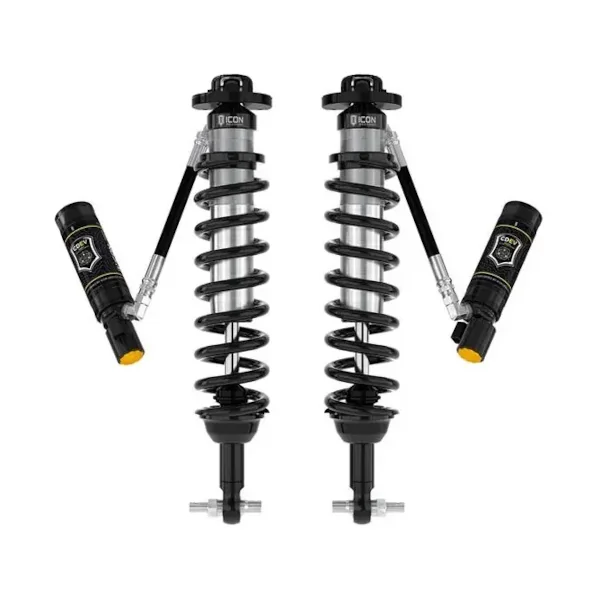
Coilovers combine a coil spring and shock into a single unit, typically allowing for adjustable ride height. These come standard on many 4x4s such as the 6th gen Ford Bronco. They can be added to a Jeep Wrangler or Gladiator as an upgrade to replace the spring and shocks, however they may require additional mounting brackets to get them installed.
Bump Stops
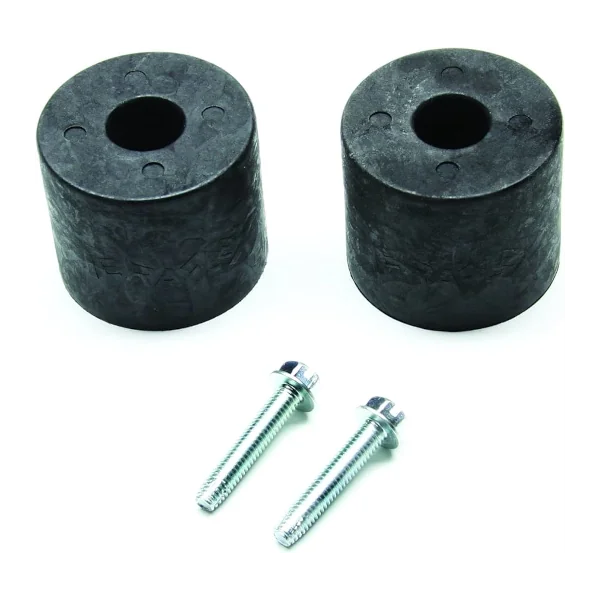
Extended bump stops are crucial for lifted suspensions, limiting up travel to prevent tire contact with the fenders, body, or frame. They also help protect shocks from bottoming out and potential damage.
Front Control Arms
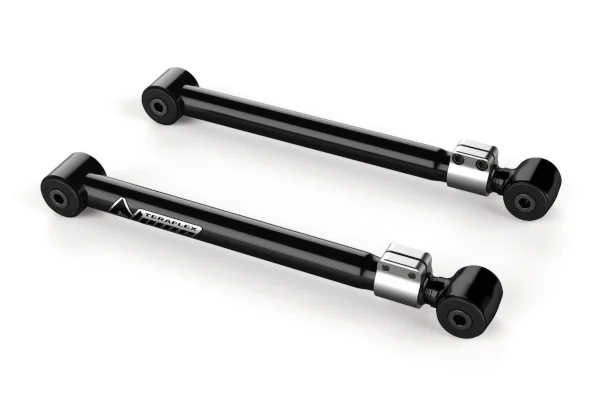
Front lower control arms position the axle and center it in the wheel well, while front upper control arms adjust pinion and caster angles. Correcting caster angle after lifting your 4x4 is crucial, as too little can lead to unstable, loose steering. For Jeep JL and JT models, an optimal caster angle for on-road stability is between 5.5 and 6.5 degrees. For the Jeep JK, 4.5-5 degrees is optimal.
Rear Control Arms

Adjustable rear upper and lower control arms are crucial for axle positioning, ensuring proper wheel well alignment, and setting the correct pinion angle for the driveshaft. Smaller lift kits 2.5" and under typically don't require adjustable rear control arms, but are still nice to have to ensure proper alignment.
Control Arm Drop Brackets

Control arm drop brackets serve as another option to correct the geometry of your control arms after installing a taller suspension. They can be used with factory control arms, eliminating the need for adjustable ones, but they also work alongside adjustable control arms. As the name suggests, these brackets lower the control arm mounting points to return your geometry closer to the factory angles, improving ride comfort and steering stability. These arent a requirement for lifted suspensions, while they provide enhanced ride quality they do hang low and can get banged up off-road if you're not careful.
Sway Bar Links
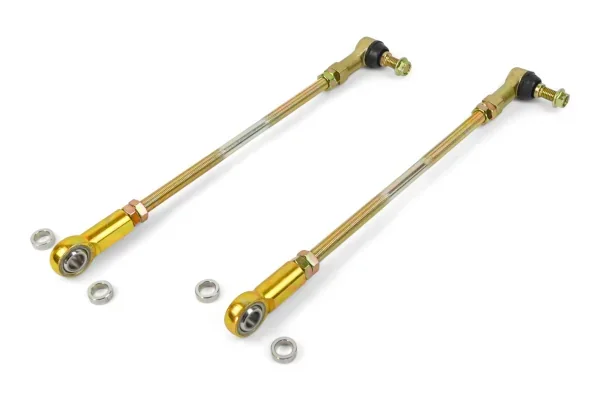
Extended front and rear sway bar links are needed for lifted suspensions, correcting sway bar angles at ride height and preventing link inversion during full suspension droop. Quick disconnecting front sway bar links are also a common upgrade to pair with a lift kit. Disconnecting the sway bar allows for maximum off-road suspension flex off-road and a smoother ride down bumpy trails.
Front & Rear Track Bars
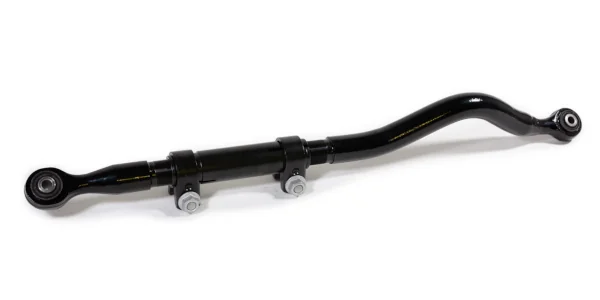
After lifting your Jeep or 4x4, the front and rear axles will shift and become off-center. Adjustable track bars are used to return your axles back to center, as a bonus, most aftermarket track bars add increased strength over the OEM track bars.
Rear Track Bar Bracket

As you lift your 4x4, the angle of the rear track bar becomes more severe. A rear track bar bracket adjusts the angle of the rear track bar back to a flat stock angle which corrects the roll center of the vehicle. These brackets can be used in conjunction with an adjustable rear track bar.
Brake Lines
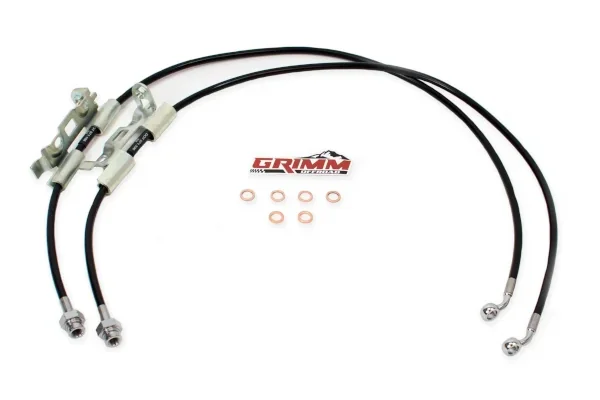
The factory brake lines are often not long enough for taller suspensions, this can stretch and damage the lines, especially off-road. Installing extended brake lines is essential for lifted suspensions, providing ample room for flex and ensuring reliable daily driving performance. Brake line drop brackets can also be used to add additional droop for the factory brake lines.
Driveshafts

The higher you lift your Jeep or 4x4, the greater the operating angle of the driveshafts becomes. Typically, running more than 2.5 inches of lift with long travel shocks will put stress on the driveshafts and flexing your suspension off-road can lead to the driveshafts contacting the frame or exhaust which can cause damage and even failure. While adjustable control arms can be used to adjust your pinion angle, thus decreasing the severe driveshaft angle, you'll often be sacrificing caster angle to do so which can impact driveability. Double cardan driveshafts allow smooth operation even at severe operating angles, these are the most common style of driveshafts to upgrade to for lifted suspensions. As as bonus, double cardan driveshafts tend to be much stronger than the factory driveshafts.

